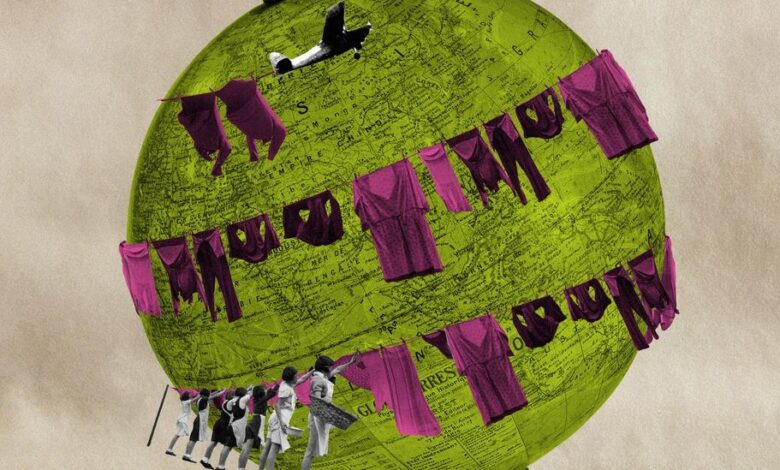The Impact of Sustainable Fashion on the Environment

Sustainable fashion has become increasingly popular in recent years as consumers become more aware of the environmental impact of the fashion industry. In this article, we will discuss the impact of sustainable fashion on the environment and how it can help reduce waste, pollution, and carbon emissions.
Introduction
The fashion industry is one of the largest polluters globally, with significant environmental and social impacts. As such, there has been a shift towards sustainable fashion, which focuses on ethical and eco-friendly practices to reduce environmental damage. Sustainable fashion is not just about the materials used in clothing but also about the production process, the worker’s rights, and the clothes’ end-of-life. This article will explore the impact of sustainable fashion on the environment.
The Problem with Conventional Fashion
Conventional fashion involves using synthetic materials like polyester and nylon, which are non-biodegradable, release harmful chemicals during manufacturing, and require a lot of energy to produce. Additionally, textile waste contributes significantly to landfills, and the fashion industry is responsible for approximately 10% of global carbon emissions.
How Sustainable Fashion Can Help
Sustainable fashion aims to reduce environmental impact by using eco-friendly materials like organic cotton, hemp, and linen. It also promotes ethical practices, such as fair trade, safe working conditions, and waste reduction. By reducing the use of synthetic materials, sustainable fashion can minimize pollution and reduce the carbon footprint. It can also extend the life of clothing through circular practices like upcycling, recycling, and resale, reducing the amount of textile waste sent to landfills.
Eco-Friendly Materials
Eco-friendly materials used in sustainable fashion include organic cotton, which is grown without harmful pesticides, herbicides, and fertilizers. Hemp is also a popular option because it grows quickly and does not require much water or pesticides. Other materials include linen, bamboo, and recycled polyester.
Ethical Production Practices
Sustainable fashion promotes ethical production practices, which ensure workers are treated fairly and work in safe conditions. It also supports fair trade, which provides fair wages and benefits to workers in developing countries. Additionally, sustainable fashion focuses on reducing waste and pollution during the manufacturing process.
Circular Fashion
Circular fashion is a sustainable approach that focuses on keeping materials in use for as long as possible. It includes upcycling, which involves repurposing old clothes into new designs. Recycling involves converting old clothes into new materials, reducing the need for new resources. Resale is also a part of circular fashion, which allows consumers to sell or donate their clothes instead of throwing them away.
The Future of Sustainable Fashion
Sustainable fashion has gained traction in recent years, with many brands adopting eco-friendly and ethical practices. However, there is still a long way to go to make the fashion industry truly sustainable. Consumers can play a significant role in driving change by choosing to buy sustainable clothing, and demanding transparency and ethical practices from brands.